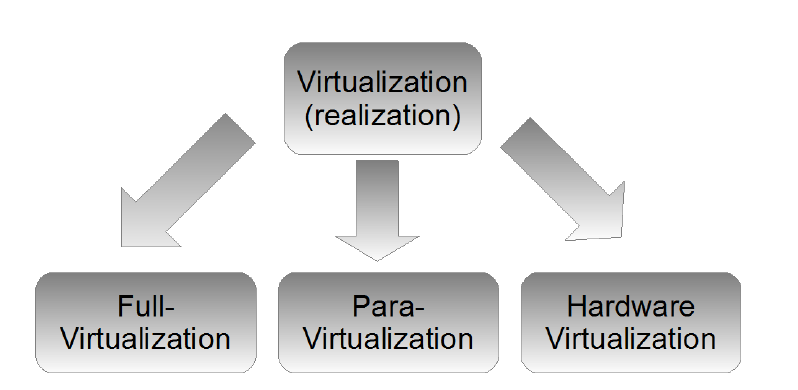In today's world, technology is advancing at an unprecedented pace, and computing capacity is in high demand. Hardware virtualization has become a game changer, allowing multiple operating systems to run on the same physical machine, thereby maximizing computing performance. The technology plays an important role in providing the Infrastructure-as-a-service solution.
However, despite the obvious benefits of hardware virtualization, it can be a challenge. The technology requires a thorough understanding. In this article, we look at some tips and tricks to help you get the most out of it.
Introduction to hardware virtualization
Hardware virtualization is a system that uses a single processor to operate as if it were several different computers. The main use of hardware virtualization is to provide multiple users with access to a CPU. This means that each user can have a separate monitor, keyboard, and mouse to run their own operating system independently.
As far as users are concerned, they will all be able to work efficiently on their own computers. This setup can significantly reduce costs as multiple users can use the same basic hardware.
Hardware Virtualization vs. Software Virtualization
Software virtualization is the process of creating virtual environments for specific applications. Unlike hardware virtualization, which creates virtual machines, software virtualization creates virtual environments on top of an existing operating system.
While both types have advantages, they are different. Hardware virtualization is typically used for server consolidation and improving infrastructure efficiency. Software virtualization is used for application isolation and compatibility.
Types of hardware virtualization
Full virtualization. The software creates a completely isolated virtual environment emulating the behavior of a physical computer. This allows several OS to run simultaneously, each with its own virtual hardware environment.
Paravirtualization is an approach whereby a special version of the operating system is created for the virtual machine. It can be modified or recompiled depending on the hardware resources provided by the server.

One of the main benefits of full virtualization is the possibility of running unmodified operating systems. This means that any operating system that can run on a physical machine can also run on a virtual machine. It also offers complete isolation between VMs, making it ideal for hosting multiple environments on a single physical machine.
Paravirtualization, on the other hand, requires changes to the operating system to communicate with the virtualization layer. This means that it supports only certain operating systems. However, paravirtualization provides better performance as it eliminates the overhead of hardware emulation.
Both types are important in the world of virtualization. While the first type provides complete isolation and the ability to run unmodified operating systems, the second provides better performance. The choice between the two ultimately depends on the specific use case and the requirements of the system.
Hardware virtualization tools and software
To get the most out of hardware virtualization, you need to use the right tools and software. There are many software solutions available in the market, including VMware, Hyper-V, and VirtualBox. These solutions provide a range of tools and features such as virtual machine management, resource allocation, and networking to better optimize your virtual environment. In addition, there are many third-party tools such as monitoring and management tools that can help you further enhance your virtual environment.
Benefits of hardware virtualization
The technology offers many benefits, including greater flexibility, improved resource utilization, and a reduction in hardware costs.
With hardware virtualization, you can run multiple operating systems on the same physical machine, thereby enabling you to consolidate IT infrastructure and lower hardware costs.
It also maximizes computing power by utilizing idle resources on the host machine.
In addition, hardware virtualization provides greater flexibility, making it easier to deploy, manage and scale your IT infrastructure.
Conclusion
Hardware virtualization is an essential technology for organizations looking to consolidate their hardware infrastructure, increase efficiency, and improve flexibility. By following best practices and understanding the benefits of hardware virtualization, organizations can take advantage of this technology to achieve significant cost savings and improve their overall IT operations.




